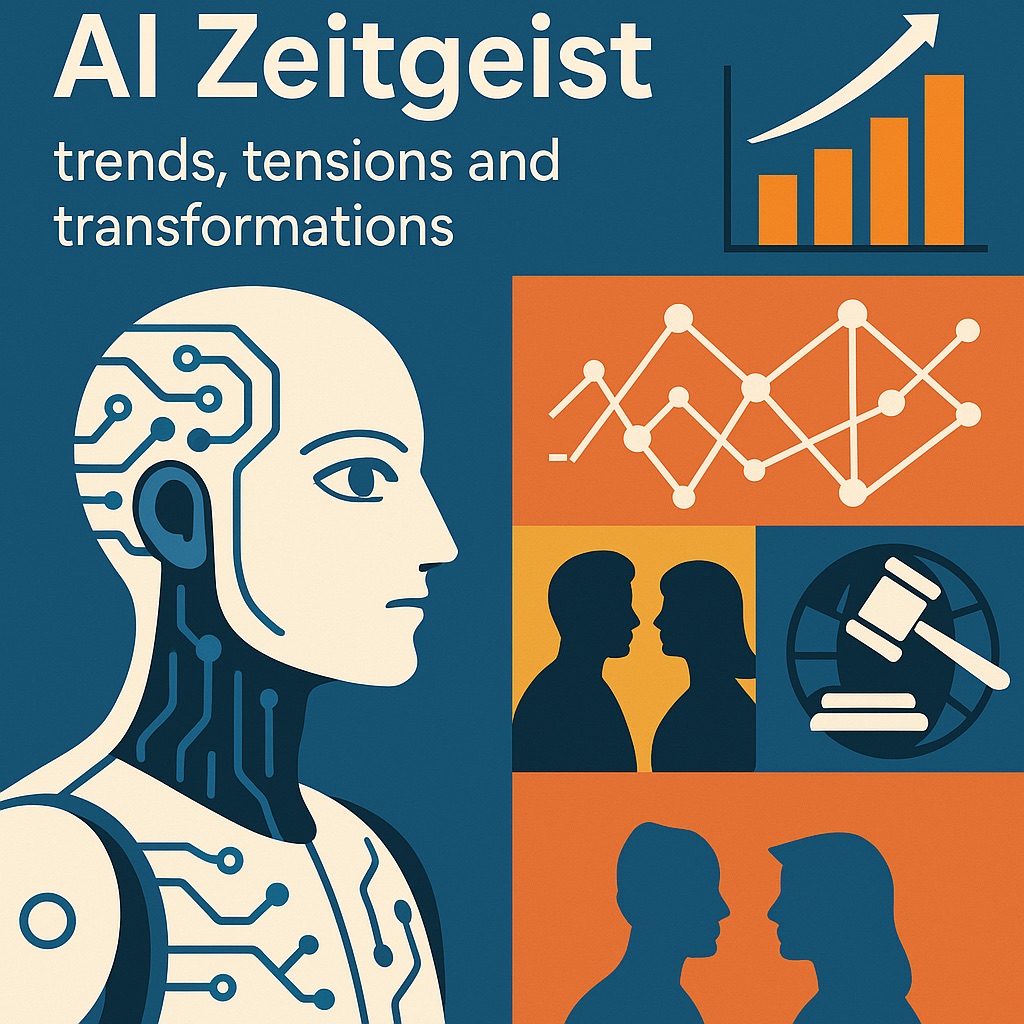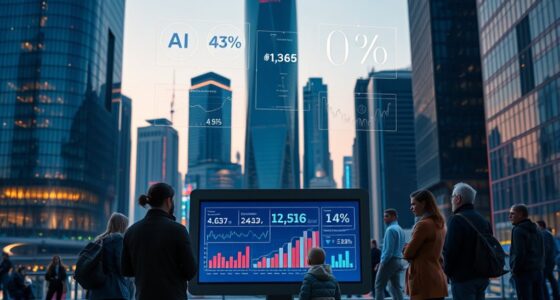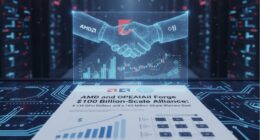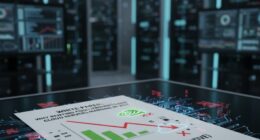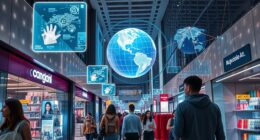AI in 2025: Momentum, Disruption, and the Global Reckoning
Artificial Intelligence is no longer a promise of the future—it’s the defining technology of the present. As of July 22, 2025, AI’s influence is permeating every layer of society, economics, and geopolitics. This updated analysis captures the accelerating velocity of AI development and the frictions emerging at the intersection of innovation, regulation, and public trust.
We explore four intertwined dimensions shaping the current global AI narrative:
- 🧭 Economic momentum & investment flows
- 🧠 Breakthroughs in models & capabilities
- 🌍 Geopolitical positioning & governance frameworks
- 🫨 Shifting public sentiment & worker anxieties
1. Market Momentum and Investment Flows
AI’s economic footprint continues its steep upward trajectory. According to Fortune Business Insights, the global AI market is forecast to surge from $233.46B in 2024 to over $1.77T by 2032. This growth is driven by widespread enterprise adoption, consumer AI assistants, and embedded AI in critical infrastructure.
Key drivers:
| Area | Trend (2025) |
|---|---|
| Generative AI Adoption | 84% of enterprises globally piloting genAI |
| Private Investment | 32% YoY growth in AI startup funding |
| Consumer Tools | Over 50% of Gen Z using personal AI assistants |
(Source: Menlo Ventures, PwC AI Jobs Barometer, AI Index 2025)
2. Breakthroughs in Models and Modalities
2025 has been a landmark year for model innovation:
- Claude 4, Llama 3.3, and GPT-4.5 achieved record scores across MMLU, GSM8K, and MedQA benchmarks.
- Open-source ecosystems like Mistral and Gemma continue narrowing the performance gap with proprietary models.
- Multimodal AI (like OpenAI’s GPT-4o and Google’s Gemini 2.0) is now mainstream, enabling seamless interaction across text, image, audio, and video.
- Edge AI is gaining traction via AI-native chipsets (e.g., Willow and AlphaChip) enabling real-time reasoning on-device.
Emerging trends include AI-native video generation (Veo, Sora), real-time collaborative agents, and specialized foundation models in robotics and bioengineering.
3. Governance, Regulation, and Geopolitical Tensions
2024–2025 brought a wave of regulatory activity:
| Region | Action Taken |
|---|---|
| 🇪🇺 EU | Final adoption of the AI Act (effective 2026) with tiered risk-based framework |
| 🇺🇸 USA (Biden) | EO 14110: safety, privacy, civil rights, and federal model standards |
| 🇺🇸 USA (Trump) | Revoked EO 14110 in 2025, issued pro-innovation EO to “remove barriers” |
| 🌐 Global | Seoul AI Safety Summit reaffirmed global cooperation on catastrophic risks |
Ongoing tensions include:
- Competing visions: Open innovation vs. model licensing regimes
- Push for AI Sovereignty in Europe and Asia
- Conflicts between corporate model secrecy and public accountability
4. Public Sentiment, Workforce Shifts, and Misinformation Threats
The public’s relationship with AI is increasingly conflicted:
- 53% of global respondents say they’re “nervous” about AI’s impact
- 47% are excited, especially among younger and digitally native generations
- Trust in AI companies has declined compared to 2023
- Over 60% of workers express concern about job security (PwC, Ipsos)
Despite concerns, consumers are embracing AI tools in healthcare, education, and productivity—revealing a gap between macro fears and micro utility.
Outlook: Navigating the Crossroads
2025 is a year of reckoning. AI is maturing fast, but public trust, regulatory clarity, and equitable access are not keeping pace. The challenge ahead lies in aligning exponential technical growth with social cohesion, accountability, and international coordination.
The AI trajectory is not preordained—it is being shaped in real-time. The choices made this year will determine whether the next wave is emancipatory or destabilizing.
Would you like this version prepared for Medium, Substack, LinkedIn, or another platform? I can adapt the tone, formatting, or add visual assets depending on your target audience.
